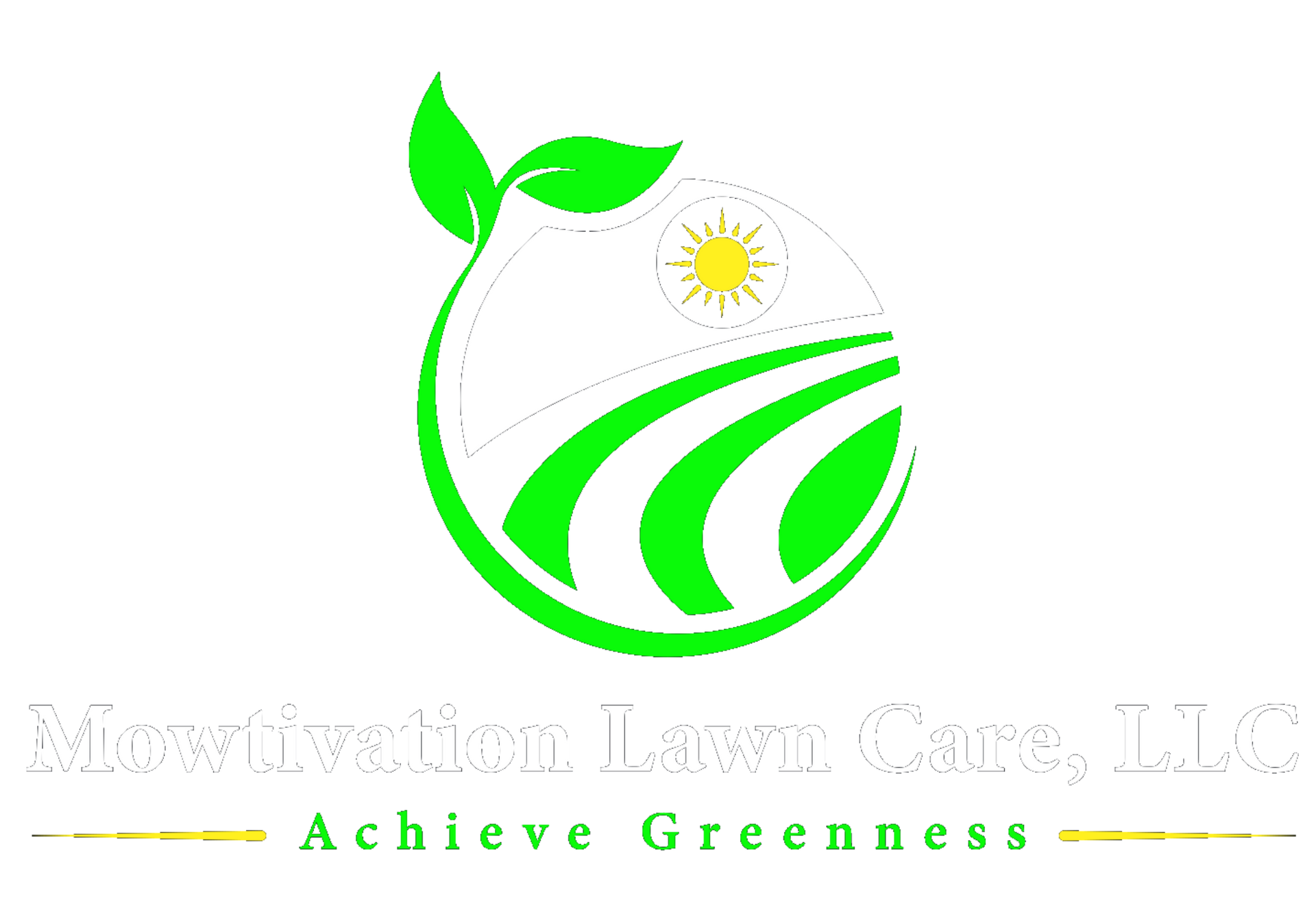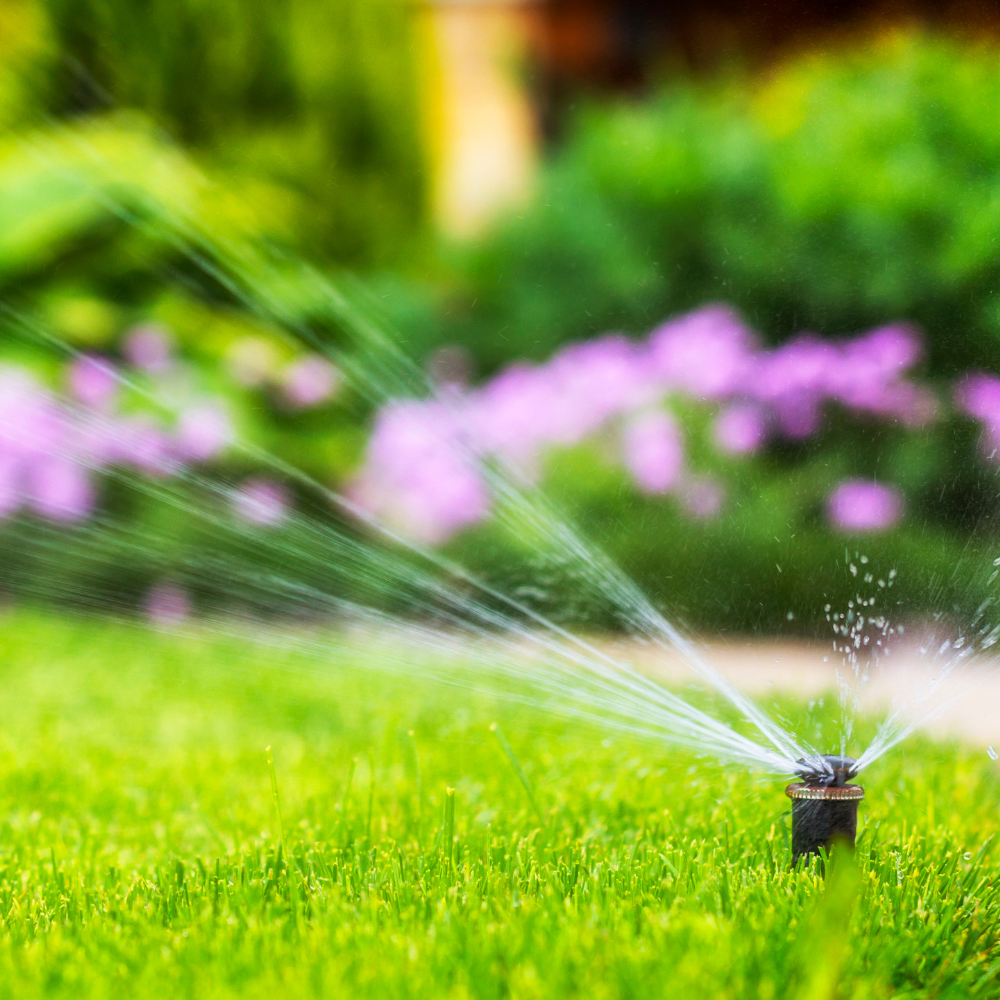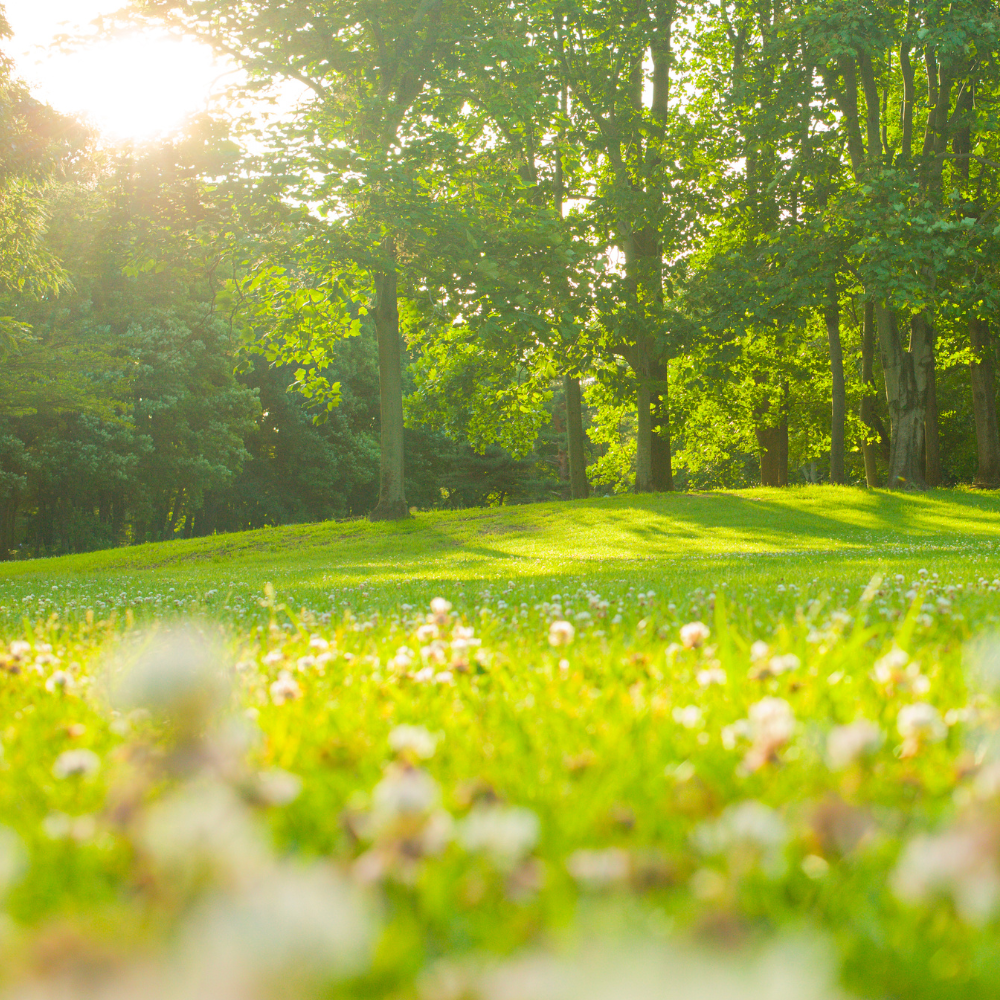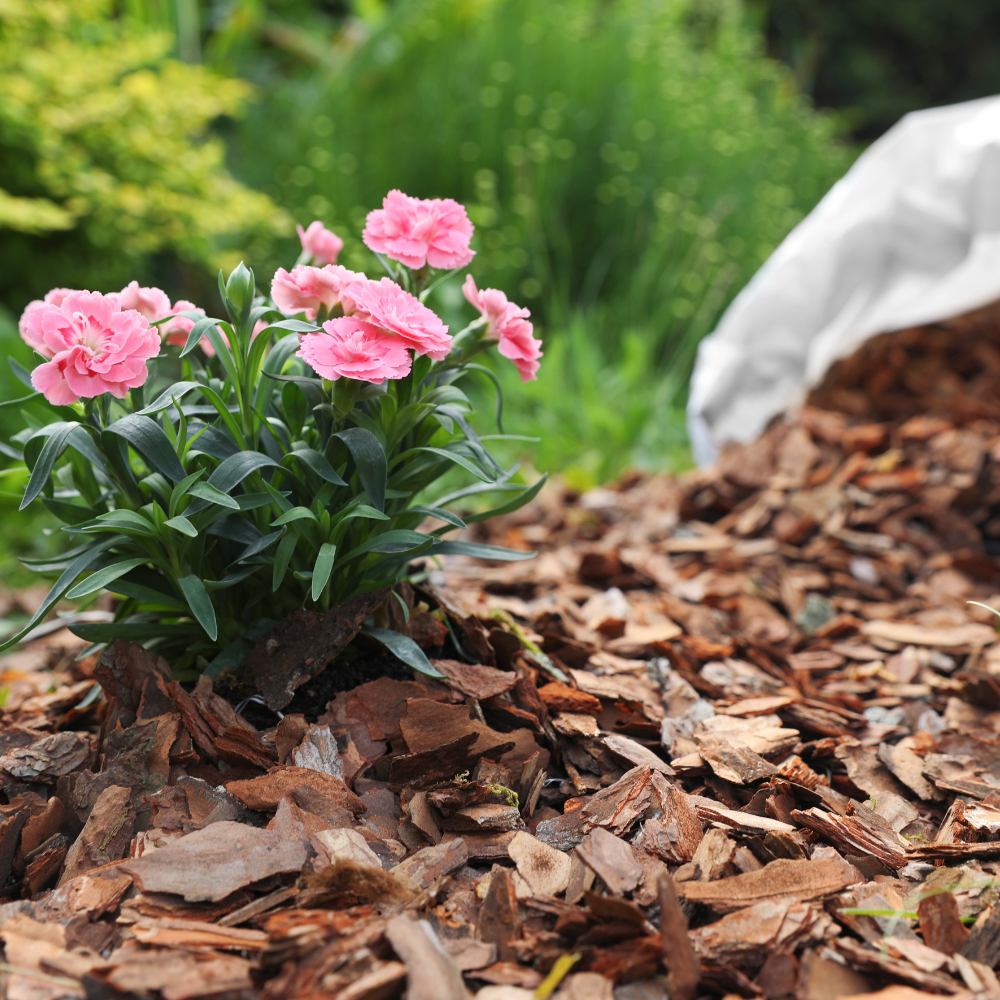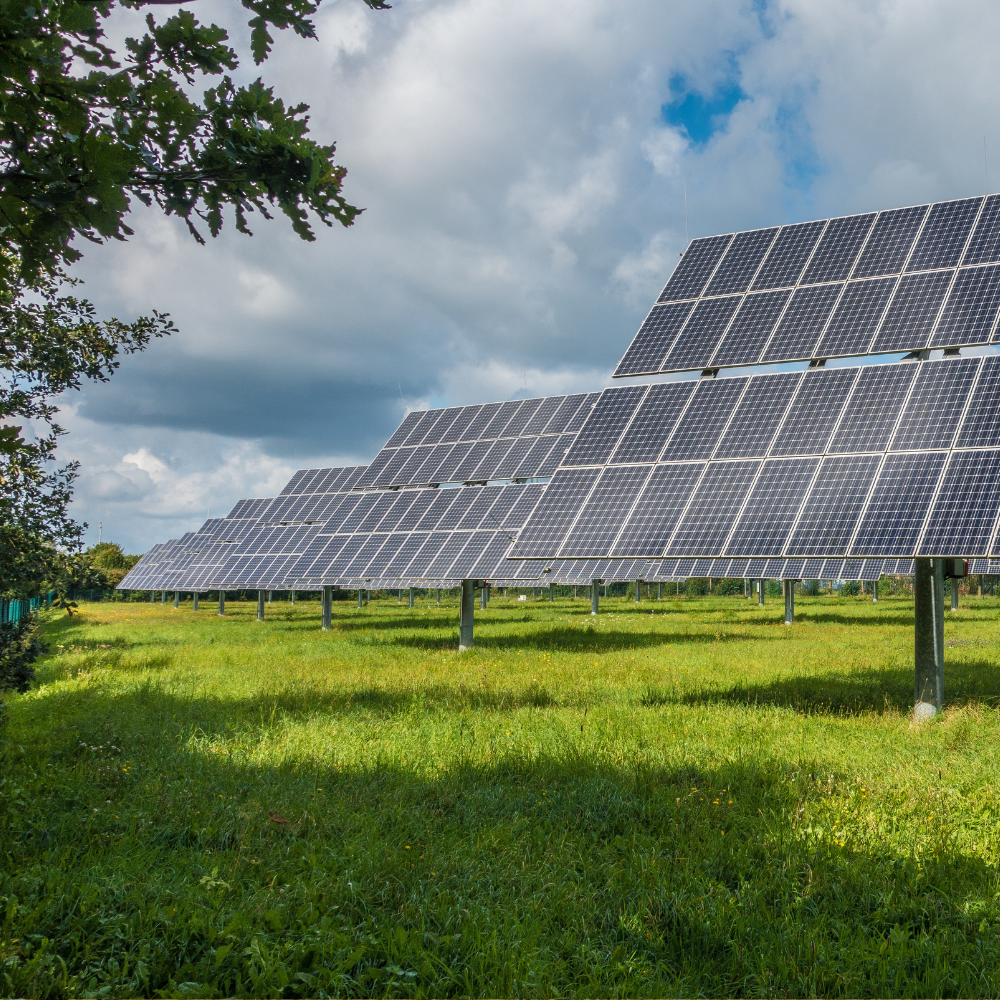Blog

March 25, 2024
Creating a beautiful lawn doesn't have to be a drawn-out process filled with seeding, watering, and waiting. Sod installation offers a quick and effective solution to achieve a lush, green landscape almost instantly. However, the key to sod success lies in the preparation and care. Here's a comprehensive guide to each step of the sod installation process, designed to ensure your new lawn thrives from the start. Step 1: Site Preparation The first step in sod installation is preparing the site. This involves removing any existing grass, weeds, and debris from the area. It's essential to start with a clean slate to prevent any underlying problems from affecting your new sod. Step 2: Soil Preparation Once the site is cleared, the next step is to prepare the soil. This may involve tilling to a depth of 4-6 inches and adding soil amendments like compost or peat moss to improve soil structure and fertility. Proper soil preparation ensures that your sod has a healthy foundation for root growth. Step 3: Leveling and Grading After preparing the soil, level and grade the area to ensure it has the proper slope for drainage. Eliminating low spots where water can pool is crucial for preventing soggy areas that can lead to lawn diseases or uneven growth. Step 4: Sod Selection Choosing the right type of sod for your climate and soil type is vital. Different grass types have varying requirements for sunlight, water, and maintenance, so select a sod that will thrive in your lawn's specific conditions. Step 5: Installation When laying the sod, start along a straight edge, such as a driveway or sidewalk, and work your way across the lawn. Butt the edges of the sod strips tightly against each other without overlapping or leaving gaps. Stagger the joints in each row like bricks to avoid lines that can channel water and cause erosion. Step 6: Watering Immediately after installation, water the sod deeply to encourage root establishment. Continue to water daily for the first week or two, then gradually reduce the frequency as the sod becomes established. Proper watering is critical to prevent the sod from drying out or becoming waterlogged. Step 7: Post-Installation Care Once the sod is in place and starting to establish, begin a regular maintenance routine. This includes mowing to the recommended height for your grass type, fertilizing to provide necessary nutrients, and continuing to water based on the needs of your growing lawn. By following these steps, homeowners can successfully install sod, transforming their outdoor space into a vibrant, green oasis. With the right preparation, installation, and care, your sodded lawn can become a durable and beautiful landscape feature for years to come.
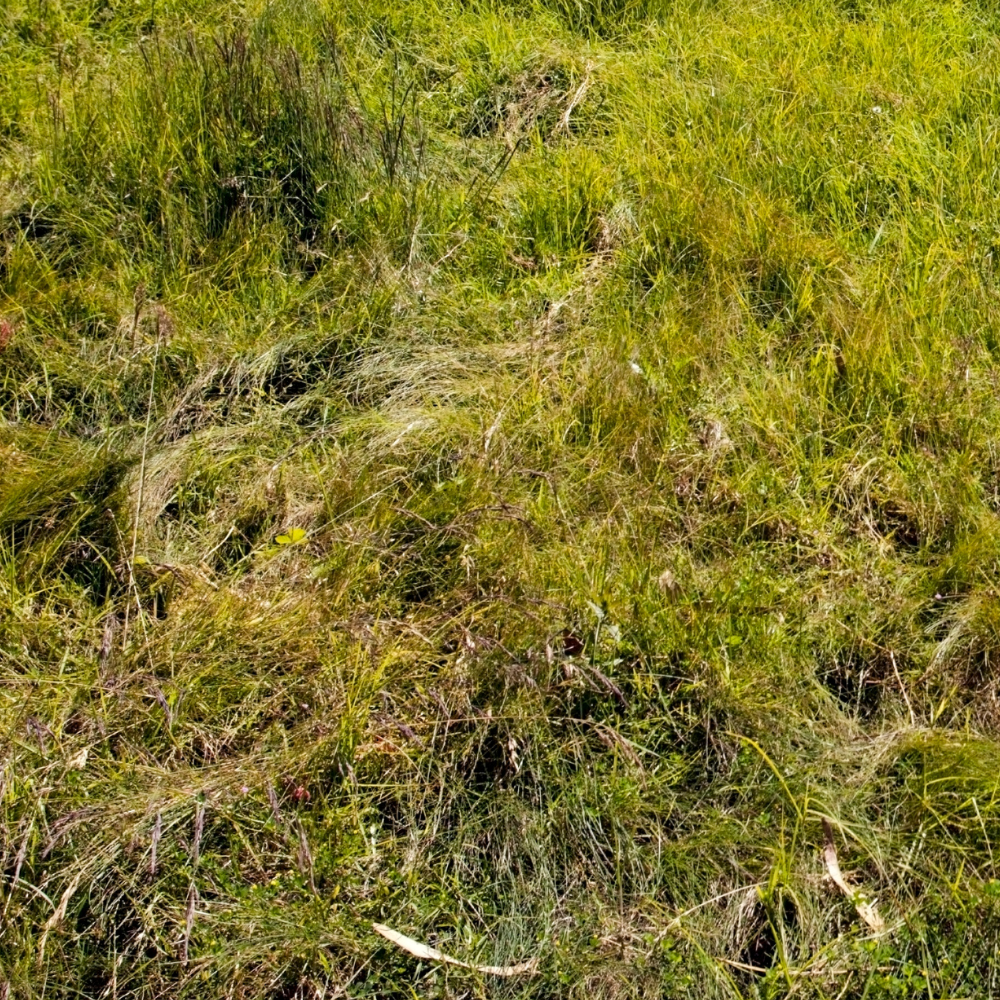
March 25, 2024
In the realm of lawn care, a long-term approach is essential for achieving and maintaining a lush, vibrant lawn. The key to long-term lawn restoration and upkeep lies in understanding and implementing a comprehensive plan that addresses all aspects of lawn health—from soil conditioning to pest management. Here's how to develop a long-term lawn restoration plan that will ensure your lawn remains a source of pride for years to come. Step 1: Consistent Lawn Maintenance The foundation of any long-term lawn care plan is consistent maintenance. Regular mowing, according to the grass type's optimal height, prevents stress and promotes healthy growth. Edging and removing debris also contribute to a well-kept appearance and prevent disease. Step 2: Soil Aeration Aeration, the process of making small holes in the soil, allows air, water, and nutrients to penetrate the grass roots. This helps the roots grow deeply and produce a stronger, more vigorous lawn. Annual or semi-annual aeration, depending on soil type and lawn use, is crucial for compacted soil or high-traffic areas. Step 3: Strategic Fertilization Fertilization replenishes essential nutrients and promotes healthy, dense grass that can outcompete weeds and withstand pest invasions. A tailored fertilization schedule, based on soil tests, ensures your lawn receives the right nutrients at the right time. Step 4: Integrated Weed and Pest Control Effective weed and pest management is a cornerstone of long-term lawn care. Integrated Pest Management (IPM) combines biological, cultural, physical, and chemical tools in a way that minimizes economic, health, and environmental risks. Identifying pests and diseases early and choosing the most effective, least invasive treatment strategies are key components of IPM. Step 5: Water Management and Conservation Proper irrigation is vital for lawn health, but overwatering can lead to disease and shallow root systems. Implementing efficient watering practices, such as early morning irrigation to reduce evaporation and using drip irrigation or soaker hoses, can promote deep root growth and drought tolerance. Step 6: Regular Monitoring and Adjustment A successful long-term lawn restoration plan is flexible and responsive to the changing needs of your lawn. Regular monitoring helps identify potential problems early, and the plan should be adjusted based on lawn performance, seasonal changes, and specific challenges as they arise. By following these steps, homeowners can develop a long-term lawn restoration plan that not only enhances the aesthetic and recreational value of their outdoor space but also contributes to the overall health of their environment. Whether you're a seasoned gardener or a novice green thumb, a strategic approach to lawn care can yield lush, sustainable results that stand the test of time.
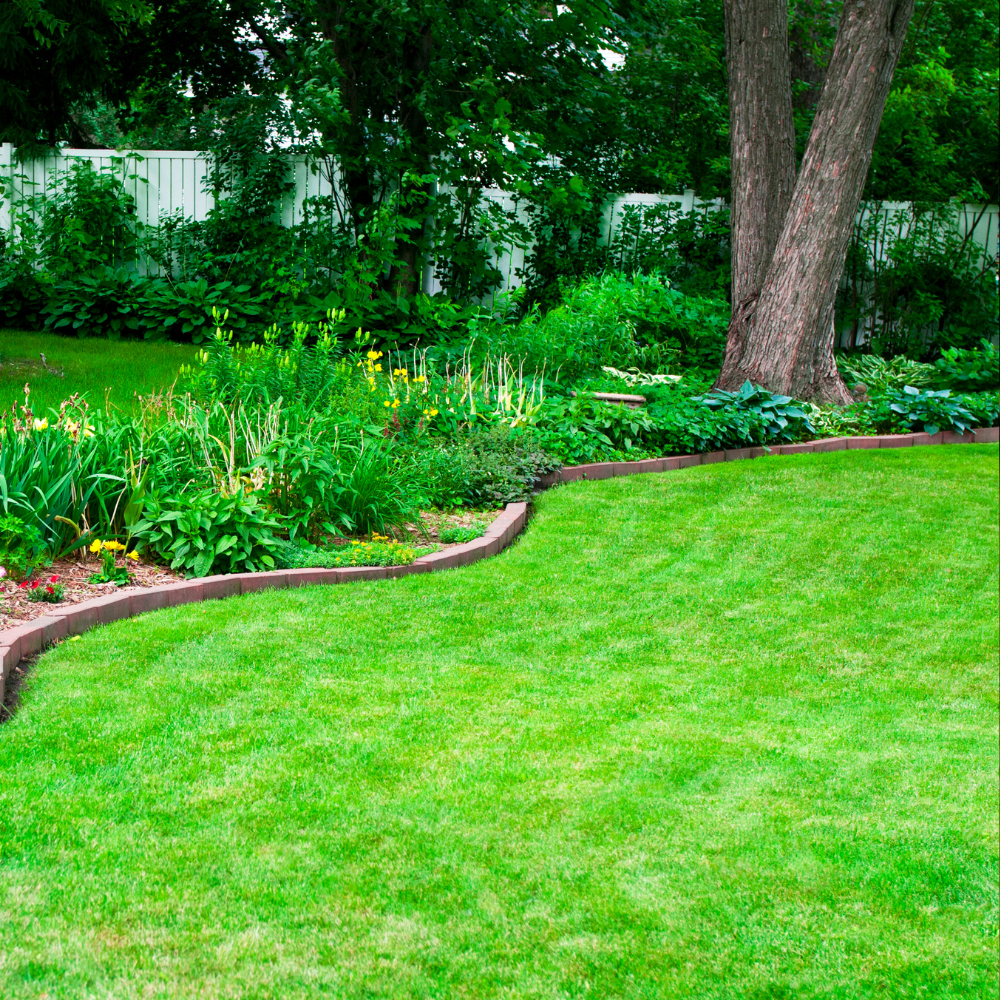
March 25, 2024
In the world of home landscaping, a lush and healthy lawn is a prized asset, contributing not only to the aesthetic appeal of your home but also to its overall value. However, when faced with a lawn that's less than perfect, homeowners are often caught in a dilemma: repair the existing lawn or opt for a complete replacement? As we move into 2024, with sustainability and cost-effectiveness at the forefront of homeowners' minds, this guide aims to help you navigate the decision-making process. Understanding Lawn Repair Lawn repair involves addressing specific problem areas or issues within your lawn without completely redoing the entire space. It's an ideal solution for lawns with isolated problems such as bare patches, areas of thin grass, or minor pest and weed infestations. Pros: Cost-Effectiveness: Repairing only the affected areas of your lawn is generally more affordable than a full replacement. Time Efficiency: Repairs can often be completed quickly, allowing you to enjoy a rejuvenated lawn sooner. Environmental Consideration: Less waste is produced through repairs, and fewer resources are consumed, making it a more sustainable option. Cons: May Not Address Underlying Issues: Sometimes, repairs are a temporary solution if there are deeper, unaddressed problems with your lawn. Deciding on Lawn Replacement A complete lawn replacement involves removing the existing turf and starting anew. This option is usually considered when a lawn is extensively damaged, suffering from poor soil conditions, or when a homeowner desires a different type of grass. Pros: Fresh Start: Replacement offers a chance to correct any underlying soil issues and to choose a grass type that's well-suited to your climate and soil. Long-Term Solution: Though more costly upfront, a new lawn can be a good investment in your property’s value and curb appeal. Cons: Higher Costs and Environmental Impact: The process requires more resources, including water, materials for removal, and new sod or seed, leading to a higher environmental footprint. Time-Consuming: Establishing a new lawn takes time. Sod offers a quicker result but at a higher cost, while seeding is less expensive but requires patience. Making the Decision When choosing between lawn repair and replacement, consider the extent of the damage, your budget, and your long-term landscaping goals. If your lawn’s issues are localized or if you're attached to your current lawn's look and feel, repair might be the way to go. On the other hand, if your lawn is extensively damaged or you’re dealing with persistent problems that repairs haven’t solved, replacement could provide the comprehensive solution you need. Conclusion In 2024, both lawn repair and replacement can be viable options for homeowners looking to enhance their outdoor space. By carefully weighing the pros and cons of each, you can make an informed decision that meets your needs, aligns with your environmental values, and brings you one step closer to the lush, inviting lawn you desire.

March 25, 2024
Maintaining a healthy and vibrant garden is an aspiration for many homeowners. However, weeds and pests can quickly turn this dream into a challenging ordeal. In 2024, the focus on sustainable gardening practices has highlighted the importance of effective weed and pest management strategies that balance efficacy with environmental responsibility. Whether you prefer chemical-free methods or require conventional solutions for severe infestations, this guide outlines the latest approaches to keeping your garden in top condition. Step 1: Identification is Key The first step in effective management is correctly identifying the weeds and pests in your garden. Visual inspections are crucial, but technology has also provided us with apps that can identify species from a photo. Knowing what you're dealing with allows for more targeted and effective treatment plans. Step 2: Prevention Strategies Preventive measures can significantly reduce the occurrence of weeds and pests. Mulching not only retains soil moisture but also prevents weed seeds from taking root. Crop rotation and companion planting can deter pests naturally, disrupting the lifecycle of garden invaders before they become a problem. Step 3: Chemical-Free Solutions For those looking to maintain an organic garden, there are several effective, chemical-free strategies: Natural Predators: Introducing or encouraging beneficial insects can control pest populations naturally. Hand Weeding: While labor-intensive, removing weeds by hand or with tools ensures they're gone without chemical intervention. Barriers and Traps: Physical barriers, such as netting or copper tape, and traps can protect plants from pests without harming the environment. Step 4: Conventional Methods for Severe Infestations Sometimes, severe infestations require more potent solutions. When using herbicides and pesticides: Choose products carefully, considering their environmental impact. Follow application instructions meticulously to avoid harm to non-target plants and animals. Consider spot treatments to minimize chemical use. Step 5: Regular Monitoring and Maintenance Regularly inspecting your garden for signs of weeds and pests allows for early intervention, making management efforts more effective and less disruptive. Keeping your garden clean and debris-free can also reduce habitats for pests, further preventing infestations. Implementing these strategies can lead to a healthier, more resilient garden. Whether you're leveraging the latest in pest identification technology or sticking to time-tested prevention methods, the goal remains the same: to enjoy a beautiful outdoor space without the undue stress of managing weeds and pests.
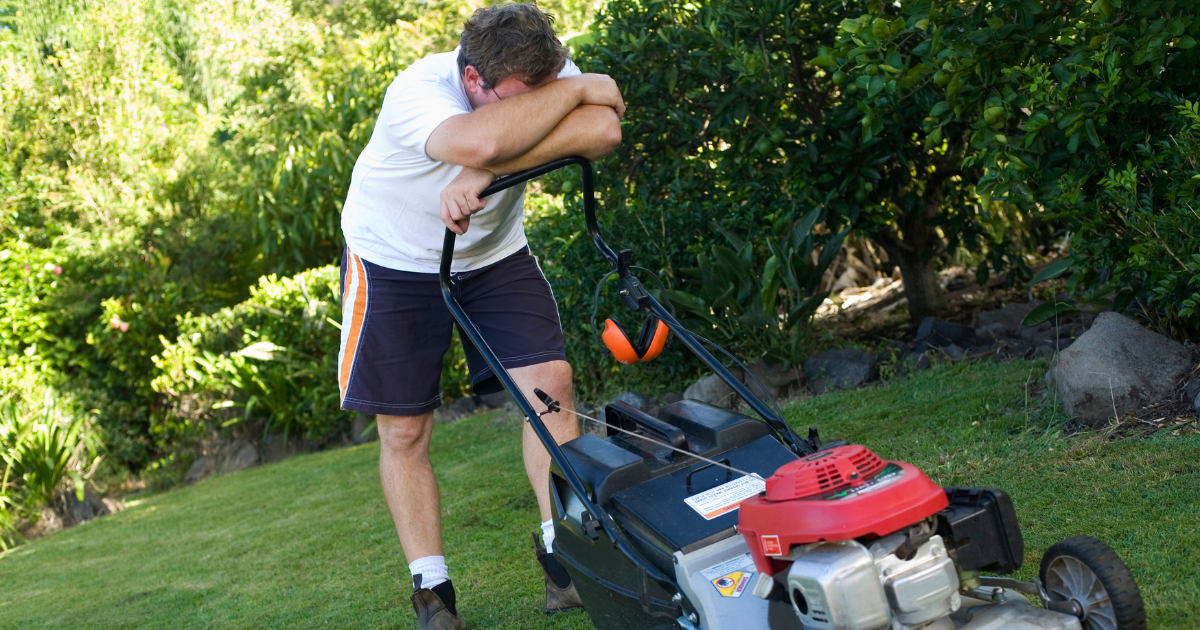
March 25, 2024
In the fast-paced world of 2024, homeowners are increasingly looking towards services that not only enhance the beauty of their homes but also offer significant convenience and efficiency. Professional lawn mowing services have risen to the forefront of this trend, providing a simple yet impactful solution for maintaining a pristine green space without the time and effort typically required. Here's why outsourcing your lawn mowing is more than just a luxury—it's a smart, strategic choice. The Value of Time One of the most immediate benefits of professional lawn mowing services is the significant amount of time it frees up. Lawn care, particularly mowing, is time-consuming and often needs to be done weekly during the growing season. By entrusting this task to professionals, homeowners can reclaim their weekends and evenings, dedicating them to family, hobbies, or relaxation instead of lawn maintenance. Access to Professional Expertise Professional lawn mowing services bring expertise and knowledge to your lawn care routine. These experts understand the nuances of different grass types, the optimal mowing height, and the best mowing patterns to ensure your lawn is not only cut but nurtured. Their expertise can lead to a healthier, more robust lawn, resistant to pests, diseases, and weeds, showcasing a noticeable difference in appearance and vitality. Cost-Effectiveness Over Time While some may balk at the idea of paying for lawn mowing, it's worth considering the long-term savings. Owning and maintaining lawn care equipment—mowers, trimmers, and blowers—can be costly. Professional services eliminate the need for these investments and the ongoing maintenance expenses. Furthermore, the preventive care provided by professionals can save money on future lawn repairs and enhancements. Unmatched Convenience Perhaps the most compelling argument for professional lawn mowing services is the convenience they offer. Regular, scheduled mowing without the need to be home means your lawn stays consistently manicured and healthy, enhancing your home's curb appeal and freeing you from the worry of fitting lawn care into your busy schedule. Conclusion: A Smart Choice for Modern Homeowners As we look towards the future, the appeal of professional lawn mowing services is clear. They offer a practical solution for busy homeowners, combining time savings, expert care, cost-effectiveness, and convenience. In an era where every minute counts, choosing to outsource lawn mowing can make a significant difference in your quality of life and the health and beauty of your home's outdoor space.
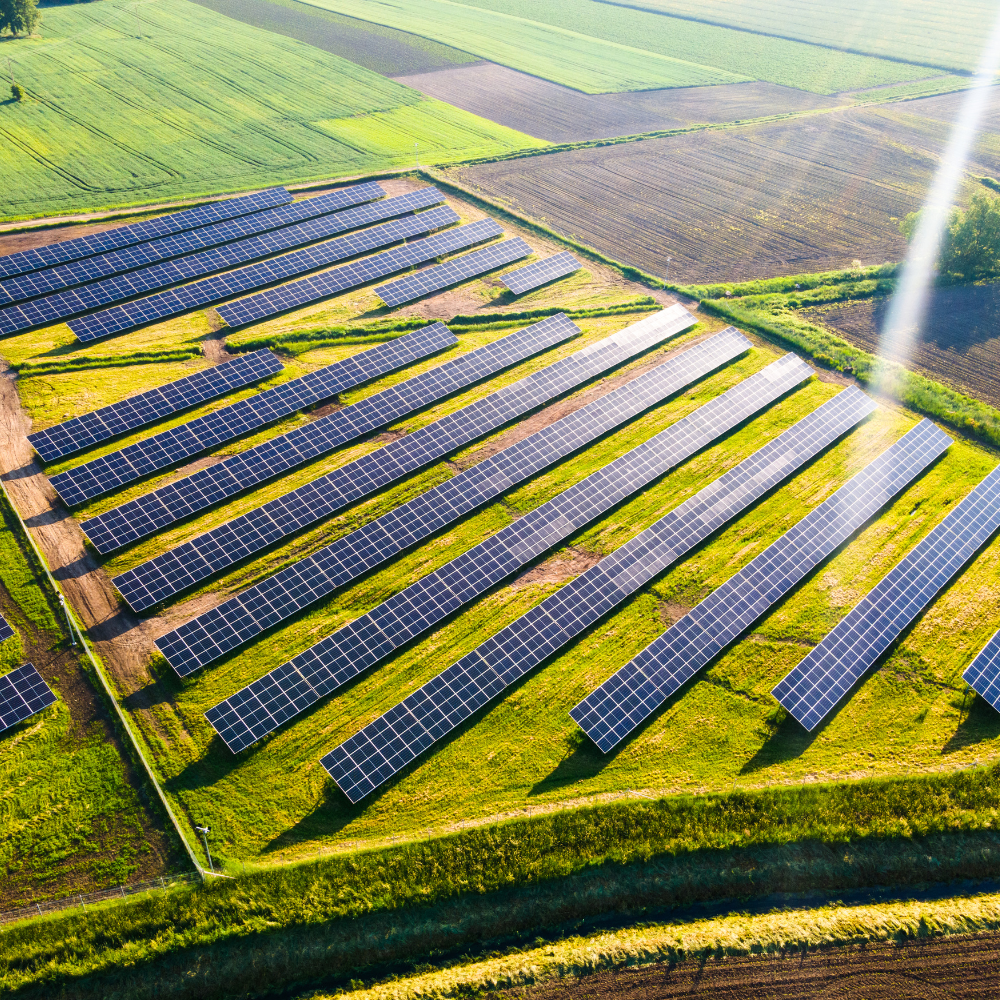
March 25, 2024
In the rapidly evolving landscape of renewable energy, solar farms have become a critical component in the quest for cleaner power sources. However, the efficiency and longevity of these installations significantly depend on effective groundskeeping practices. As we step into 2024, it's essential to understand the latest trends and techniques in solar site groundskeeping to maximize energy production and sustainability. Vegetation Management: Balancing Growth and Efficiency Proper vegetation management is crucial for maintaining optimal solar panel efficiency. Uncontrolled growth can lead to shading, which dramatically reduces the panels' ability to generate electricity. In 2024, the trend is towards selecting low-growth, native plant species that support local biodiversity without endangering the panels' exposure to sunlight. Strategic placement of these plants can also contribute to soil stabilization and erosion control, further enhancing the site's environmental benefits. Soil Conservation: Ensuring a Stable Foundation Soil conservation techniques are vital for preventing erosion, which can undermine the structural integrity of solar panel installations. Practices such as planting ground cover, utilizing erosion control mats, and constructing natural barriers are becoming increasingly important. These methods not only protect the installation but also promote a healthier ecosystem around the solar farm by providing habitats for local wildlife. Water Management: Efficiency is Key With the growing emphasis on sustainability, efficient water use for groundskeeping at solar sites is more crucial than ever. Innovative irrigation systems that deliver water directly to the roots of plants can minimize waste and prevent water from coming into contact with the panels, which could lead to mineral buildup and reduced efficiency. Rainwater harvesting systems are also gaining traction, offering an eco-friendly water source for site vegetation. By embracing these trends and techniques, solar site groundskeepers can significantly contribute to the efficiency and sustainability of renewable energy installations. As we continue to innovate and refine our approach to solar site management, the potential for clean energy generation grows, marking a bright future for solar power in 2024 and beyond.
See What Others Are Saying
 Rating
Rating
Contact Us
Follow Us
© 2025
All Rights Reserved | Mowtivation Lawn Care, LLC.
Webmaster: Rich Marketing Resources
